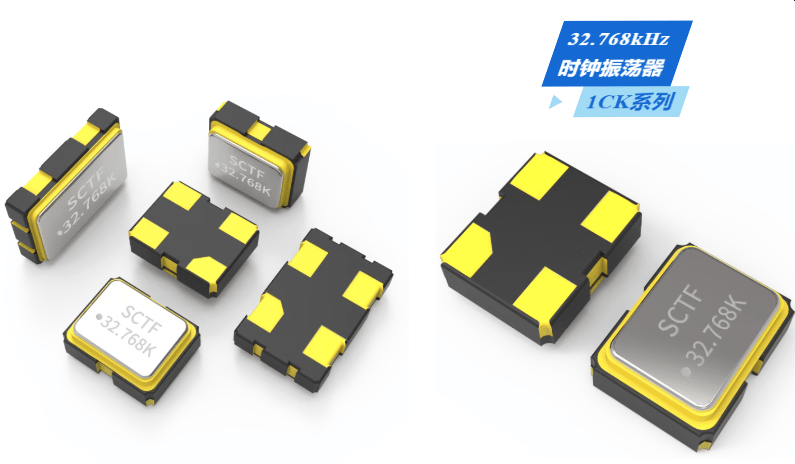At the recent 2025 European Society of Cardiology (ESC) annual conference, the results of a real-world clinical trial were announced: an AI-equipped stethoscope can help doctors identify three types of heart diseases within 15 seconds. This stethoscope is only the size of a deck of cards, but its functions go far beyond just listening to sounds. It can analyze the subtle changes in heartbeat and blood flow that the human ear cannot detect, and can also quickly complete an electrocardiogram (ECG) test simultaneously.
The "most powerful brain" of the AI stethoscope
Compared with traditional stethoscopes, AI stethoscopes have better clarity in listening to sounds and more accurate heart rate detection. The realization of these functions is based on higher stability and precision.
And the quartz crystal oscillator with high precision and stability is the key component for achieving these functions.

The quartz crystal oscillator serves as the clock source in electronic devices, providing a stable frequency signal to "command" the precise operation of the electronic equipment.
01 Sequential Control
The working process of the AI stethoscope is highly dependent on precise timing control: from the collection of heart sound signals, analog-to-digital conversion, to the operation and processing of AI algorithms, each step requires a synchronized time reference. High-quality quartz crystal oscillators provide stable clock signals for these processes, ensuring the accuracy and reliability of data processing.
02 System Collaboration
Inside the AI stethoscope, sensors, processors, memory and wireless communication modules need to work together. The quartz crystal oscillator provides a unified time reference for all components, ensuring the consistency and stability of the system operation.
Smart Healthcare: New Opportunities for Oscillator Manufacturers

With the rapid development of smart healthcare, the demand for high-performance quartz crystal oscillators continues to increase. The quartz crystal oscillators of Xingtong Timing and Frequency are also widely used in the medical electronics field, such as diagnostic medical equipment, portable monitoring instruments, endoscopes and other application scenarios.

Product Parameter
Package specification: 2.0 × 1.6 × 0.75 mm
Frequency range: 1 - 54 MHz
Operating voltage: 1.8/2.5/3.3V
Frequency tolerance: ±10 ppm / ±20 ppm
Temperature characteristics: ±20ppm / ±30ppm
Operating temperature: -20℃ to +70℃ / -40℃ to +85℃

Product Parameter
Package specification: 2.0 × 1.6 × 0.75 mm
Nominal frequency: 32.768kHz
Operating voltage: 1.8/2.5/3.3V
Frequency tolerance: ±10 ppm / ±20 ppm
Temperature characteristics: ±20ppm / ±30ppm
Operating temperature: -20℃ to +70℃ / -40℃ to +85℃
The AI stethoscope showcased at the European Society of Cardiology Congress in 2025 not only demonstrated the potential of artificial intelligence in the medical field, but also highlighted the crucial role of basic electronic components in technological innovation.
In the era where technology and healthcare are deeply integrated, components as small as quartz crystals are quietly supporting numerous technological breakthroughs that benefit humanity.